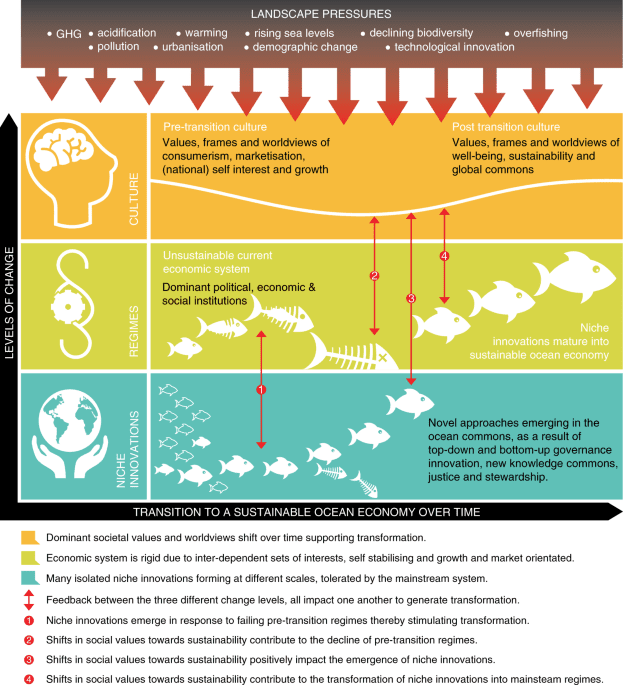Technology has had a significant impact on the political landscape, changing the way politicians communicate with their followers and how campaigns are run. Social media has become an essential component of political campaigns, while big data analytics allow for targeted messages to specific groups of voters. Artificial intelligence can provide insights into effective policy-making strategies, and virtual reality can provide immersive experiences for voters. Blockchain technology can make elections more secure and reduce corruption, while IoT devices can improve public safety and infrastructure monitoring. Biometric identification can prevent fraud and track criminals, and cybersecurity technology is crucial for protecting against cyber attacks. As technology continues to evolve, we can expect further innovative changes to the political process.
1. Social media
Social media has revolutionized the way political leaders communicate with their followers. Politicians and political parties can now directly connect with large audiences in real-time, using social media platforms such as Twitter, Facebook, and Instagram. As the audience for traditional media continues to decline, social media has become an essential component of political campaigns.
2. Big Data Analytics
Campaign managers and strategists are now using big data analytics to target specific voters with personalized messages. Through data mining, machine learning, and predictive modelling, campaigns can identify voters’ preferences, behavior, and voting patterns. This means marketing efforts can be more targeted and campaigns can focus on attracting swing voters.
3. Artificial Intelligence (AI)
Artificial intelligence is turning out to have uses in politics. AI-powered tools can analyze data and offer insights that can help lawmakers develop effective policies. AI can also be used to predict outcomes, monitor election tampering, and analyze campaign messages for effectiveness.
4. Virtual Reality (VR)
Virtual reality can bring the political process to life for voters. With VR, voters can experience political rallies, events, and political speeches. It provides an immersive experience, allowing voters to feel like they are involved in the process. Virtual reality can also be used by lawmakers to gauge the public’s response to government plans and policies.
5. Blockchain technology
Blockchain technology has the potential to revolutionize elections, making them more secure and transparent. It can make online voting more secure and reduce the risks of fraud. Additionally, blockchain technology makes it possible to create secure, tamper-proof records of government transactions, which could significantly reduce corruption.
6. Robotics and automation
Automation and robotics have the potential to transform government processes. Robotic process automation can streamline repetitive tasks, freeing up staffers to focus on more critical tasks. Additionally, robots can be used to improve government services, such as healthcare and public safety.
7. Cloud computing
Cloud computing has the potential to improve access to government services while reducing costs. It can help governments provide essential services like healthcare and education online. Additionally, cloud-based systems can help improve communication and collaboration between government departments.
8. IoTs
Internet of Things (IoT) devices are increasingly used in government functions. IoT devices can help improve public safety, by providing data about potential risks and allowing first responders to act quickly. Additionally, IoT sensors can be used to monitor infrastructure and identify potential problems before they become significant issues.
9. Biometric identification
Biometric identification is increasingly used in government functions like healthcare and welfare services. Biometric identification can help prevent fraud and ensure that services reach the people who need them most. Additionally, biometric identification can help track criminals and potential security threats.
10. Cybersecurity technology
Cybersecurity technology is critical for government agencies to protect against cyber attacks. As governments continue to rely more on technology, it’s becoming more important to reduce the risks of data breaches and cyber attacks. Cybersecurity technology includes advanced encryption, VPNs, firewall protection, and other security measures.
Conclusion
Technology has the potential to revolutionize the political process, making it more transparent, accountable, and efficient. The tools mentioned above are just a few examples of the ways that technology is changing politics. As technology continues to evolve, we can expect new tools and innovations that will further transform the political landscape.
